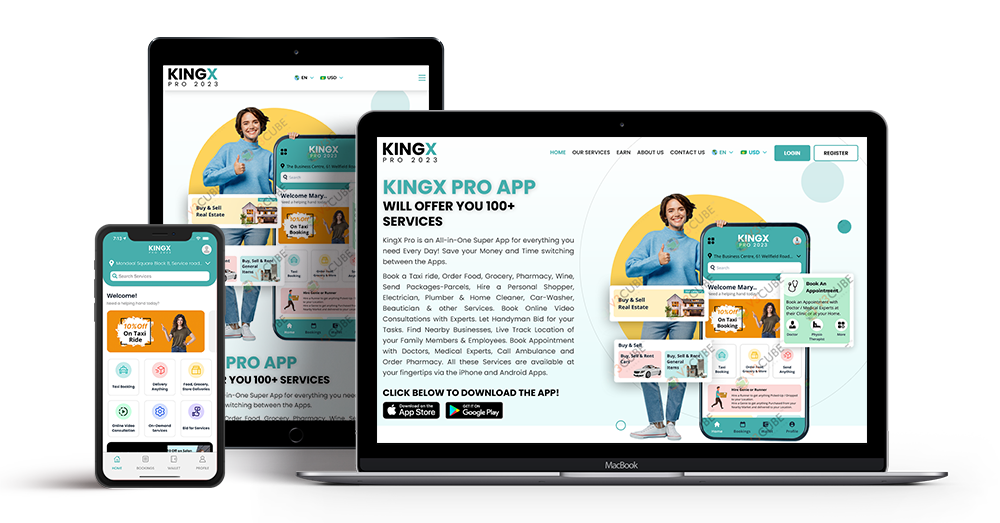In the contemporary tech-driven landscape, each on-demand application comes with its unique set of advantages. Numerous brands, such as Uber, Lyft, Postmates, DoorDash, Grubhub, and many others, have already paved the way as exemplary success stories. Essentially, the triumph of every on-demand enterprise hinges on the effectiveness of their business tools. Whether it’s related to food delivery or taxi services, the pivotal factor is the system that seamlessly channels customer requests to service providers. While it’s undoubtedly essential for service providers to be attentive to customer needs, a significant portion of business success can be attributed to the quality and efficiency of the underlying business tools.
The realm of on-demand apps is no longer in its infancy; app development has come a long way from its origins. You may already be acquainted with the widely popular GoJek app from Indonesia. GoJek represents a comprehensive and feature-rich solution for a diverse range of service-based businesses. In Indonesia, people rely on a single smartphone app, GoJek, to book taxis, order food, access house cleaning services, enlist the help of handymen, reserve event and movie tickets, and much more. GoJek stands as the quintessential app, meeting the myriad demands of the Indonesian population.

The GoJek app serves as a remarkable model for aspiring entrepreneurs. A GoJek clone platform caters to two distinct user groups: consumers and service providers. If you harbor ambitions of launching a business akin to GoJek, it’s imperative to have an app that mirrors the capabilities of GoJek.
In all candor, developing an app like GoJek is no small feat. Before embarking on the journey of GoJek-like app development, it’s crucial to grasp the intricacies and functionality of the original GoJek app.
The User Interface
Table of Contents
The current user interface of the GoJek app is notably impressive. Its simplicity is a standout feature; it avoids unnecessary transitions or complex designs that might perplex users. This simplicity is a significant advantage for an on-demand service app, as it ensures that users can easily comprehend the services offered. Therefore, when embarking on your GoJek like app development, ensure that your app’s user interface maintains a high degree of simplicity. Strive to keep it as straightforward as possible.
What Users Look For?
Users have become increasingly discerning when it comes to the features offered in on-demand service apps. These features include:
- User Profile
Allowing consumers to establish their profiles using social media accounts such as Facebook.
- Service Request preference
Strive to craft a straightforward interface that enables users to effortlessly choose a service and submit a request. Ensure that the app’s navigation is user-friendly, facilitating easy access to all options without causing any confusion or anxiety.
- Price Estimation
Users must not perceive any hidden charges. It is imperative to implement an improved fare estimation system in your GoJek like app, ensuring that consumers receive accurate and transparent details about all associated charges.
- Payment Modes
One of the most essential features to incorporate into your GoJek app clone is the integration of multiple payment methods, including both offline and online options. For offline payments, provide the flexibility of cash transactions, while for online payments, enable customers to use debit cards, credit cards, and net banking.
Conclusion:
Let’s be practical – instead of building your own GoJek app clone, it’s advisable to explore purchasing GoJek clone app from a reputable app development company. This approach not only saves you time but also conserves your financial resources.
